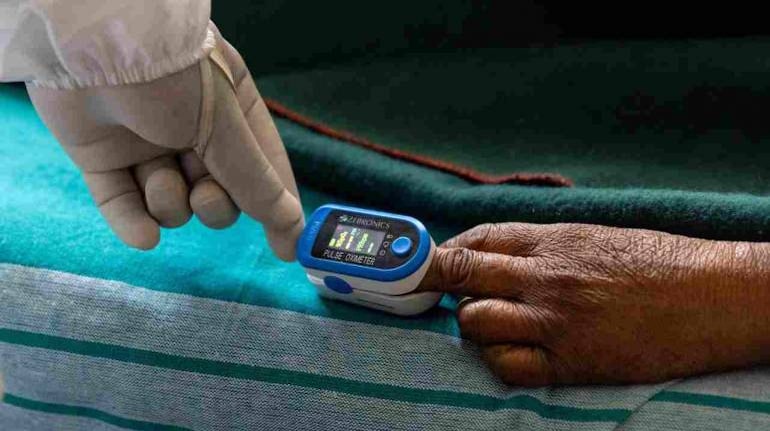



Like Uttar Pradesh, Bihar has shown a sharp drop in coronavirus cases since a month ago, reporting less than 1,500 daily cases now, coupled with a recovery rate of over 96 percent. But the state received a lot of flak over the conditions of its hospitals. Bihar’s Health Minister and BJP leader, Mangal Pandey, answered a host of questions in an interview with Aman Sharma. Edited excerpts:
Bihar’s COVID figures are now low, but the media has revealed the bad conditions of some hospitals in the state, especially the government hospital in Darbhanga.The COVID situation is under control now in Bihar. If any such report comes about the condition of hospitals, I take it positively and make efforts to ensure things are rectified. But one must remember that it is the overall system in Bihar which has delivered and hence the state is almost out of the clutches of the second wave of coronavirus. Bihar, in the term of active cases, is on the 20th spot among states in the country. We only have about 18,000 active cases in Bihar now. There are 19 states ahead of us, and many are much smaller than us. Bihar is the third most populous state in the country after Uttar Pradesh and Maharashtra and we are on 20th place in terms of active cases. This is a testimony to our systems in Bihar, which has helped us control COVID.
Bihar is running 700 vaccination (Tika Express) vans to inoculate people in the villages. How is this experiment working?The idea behind Tika Express is that people in the 45-plus category have some difficulties in coming to vaccination centres, which are few km away. If the age is 50-plus, many people have comorbidities or 60-plus people are senior citizens and of old age. The Tika Express goes to their village and vaccinates them. There is trained medical staff posted in these vans to give the jabs. Our overall target is to increase the vaccination in the 45-plus age category. This is, hence, being run as a campaign and we are seeing positive results. The younger population in the 18-44 group generally reaches the vaccination centres.
Bihar was reporting very high coronavirus cases in end-April and early-May? How have you controlled the situation?We have followed the strategy of increasing our testing numbers, following the proper protocol of treatment and tracking. We have done all these three jobs with a lot of hard work. We have increased testing and done an average of 1 lakh to 1.25 lakh tests daily. We did not let any oxygen shortage arise at any bed in our hospitals – be it our government hospitals or private hospitals, no patient suffered oxygen shortage once he reached the hospital. We are responsible for those patients specifically. The arrangements were made right till COVID care dedicated centers. All required medicines were made available.
In the 18-44 age group, Bihar has been hit by vaccine shortage.Till 3-4 days ago, Bihar topped among the states who have vaccinated the maximum number of people in the 18-44 category. We have so far inoculated nearly 16 lakh people in this group. Naturally, once supply decreases, the vaccination in that category also decreases. We have made advance payments for stocks to both the Serum Institute of India and Bharat Biotech. Our estimate is that the temporary problem (of vaccine stocks) will be over in a couple of days and not arise later as the production of vaccines in the country is set to rise in the coming days and in June itself, it is expected to increase 1.5 times.
Are you not planning global tenders for vaccines like other states?We are not thinking about it. Tell me if any global tender issued by any state has brought any result…
How are you preparing for the possibility of a third COVID wave?We are brainstorming over the subject and we have learnt from the second wave that there should be full preparation with adequate supply of oxygen – we have decided to focus on oxygen generation, refilling and transportation. Oxygen generation plants are being set up in the state, we are getting cryogenic tankers and refilling plants are being increased. The second issue is manpower – so we have started recruitment of doctors and paramedical staff. The third issue is to increase the number of hospital beds and medicine capability. Within the next two-three months, we will complete our preparations on all these counts.
Discover the latest Business News, Sensex, and Nifty updates. Obtain Personal Finance insights, tax queries, and expert opinions on Moneycontrol or download the Moneycontrol App to stay updated!
Find the best of Al News in one place, specially curated for you every weekend.
Stay on top of the latest tech trends and biggest startup news.